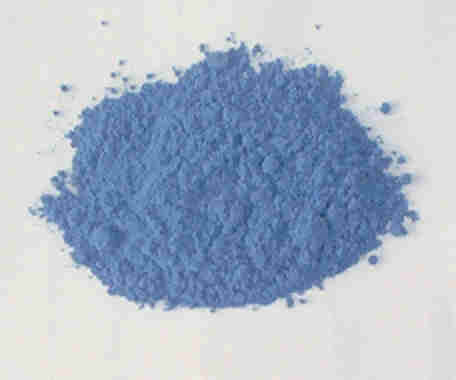“Egyptian Blue” is a synthetic inorganic pigment made up of crystals of calcium-copper tetrasilicate (CaCuSi4O10), and is among the first synthetic inorganic materials that humans ever began to produce. The chemical combination of the pigment has also been identified in nature, but it is very rare, and synthetically it is produced in a complex process that requires heating and cooling for hours in precise and narrow temperature ranges, and under specific conditions.
The pigment was first identified archaeologically in ancient Egypt starting from 2,500 BC, and throughout its existence it was produced in large quantities, and was used for frescoes, ceramic glazes, faience, and glass. Its production decreased around the 6th century AD, and its use stopped completely from the middle of the century 9 AD until the end of the 19th century, possibly due to the complexity of its production.
source and for further reading
Warner, T. E. (2011). Synthesis, properties, and mineralogy of important inorganic materials. John Wiley & Sons, Incorporated. (פרק 3: ע”מ 26-49)



